Over the past few years, injectable fillers have been having a moment. Many celebrities and influencers have admitted to getting lip filler and filler in other areas of their faces to plump and define. Last summer, I myself even dabbled in the world of hyaluronic acid filler and had some injected in my chin and cheeks to sculpt and enhance my features.
Just when I thought I knew everything there is to know about fillers, a new term started flooding my inbox. Enter biostimulatory filler, which is just as high-tech as it sounds. To learn more about the latest and greatest in filler technology, I reached out to top dermatologists. Keep reading to learn what exactly biostimulatory fillers are, how they work, and the potential benefits and drawbacks.
First things first: Biostimulatory fillers aren’t actually fillers, at least in the traditional sense, according to Julie Russak of Russak Dermatology Clinic in New York City. Unlike hyaluronic acid fillers, these injectables aren’t made to plump up skin or mask volume loss—instead, they target deeper signs of aging like declining bone mass, skin sagging, and less elasticity.
As the name suggests, these fillers work to encourage cell regeneration. “When they’re injected close to the bone, they actually stimulate regeneration in those tissues, and when they’re injected close to fibroblasts, the cells in our body that produce collagen and elastin, they stimulate regeneration there,” says Russak. The two types in the U.S. right now are Sculptra, which increases energy production in cells, and Radiesse, which is essentially calcium that improves bone structure.
Since these fillers stimulate regeneration of tissues, they’re a great option for most people who are interested in trying an injectable. Anyone can use and benefit from biostimulatory filler. “We are not just masking the signs of aging anymore; we’re really moving on to the next step of regeneration,” says Russak.
If you’re looking for immediate, plumped-up results, you’d be better off opting for a hyaluronic acid filler. “[Biostimulatory filler] is more of a long-haul type of treatment that is a little bit more subtle,” says Sheila Farhang, cosmetic and Mohs skin cancer surgeon.
Don’t expect to see results right away. “There is no instant gratification with these fillers. It takes time for your body to produce molecules, to produce collagen, to produce elastin, so it takes time for results,” says Russak. “But on the positive side, the results are longer lasting, and they are natural because they are based on the regeneration of your own cells.”
It’s also worth keeping in mind that unlike their hyaluronic acid–based counterparts, these fillers aren’t dissolvable. If hyaluronic acid filler is injected badly or gets injected into a blood vessel, you’re able to get it dissolved. “If Sculptra or Radiesse is injected into a vessel, that technically cannot be dissolved away,” says Farhang. She notes that there’s less likelihood of this happening with a biostimulatory filler, particularly if your doctor uses a cannula instead of a needle. To be safe, you should always get biostimulatory fillers at the hands of a trained dermatologist.
This varies from person to person, as everyone’s ability to regenerate is different. “Patients with a high metabolic potential will definitely respond better to biostimulatory molecules,” says Russak. “Patients whose metabolic rate is not at the optimal level will not regenerate as well. It also depends on how fast you’re breaking down your own tissue. How much resorption and breakdown happens in your body determines how well you will preserve and maintain the molecules that have been regenerated.”
As a general rule, the younger you are, the less often you’ll need biostimulatory fillers. “It’s now being recommended that people[in] their 30s start [using biostimulatory filler] as a maintenance [treatment] once or twice a year with very little bit,” says Farhang. As you start to mature, you’ll likely need more syringes, and you’ll need to go more often. You may need to go every six months until you get your desired results, and once you’re happy with the results, you’ll go yearly for maintenance.
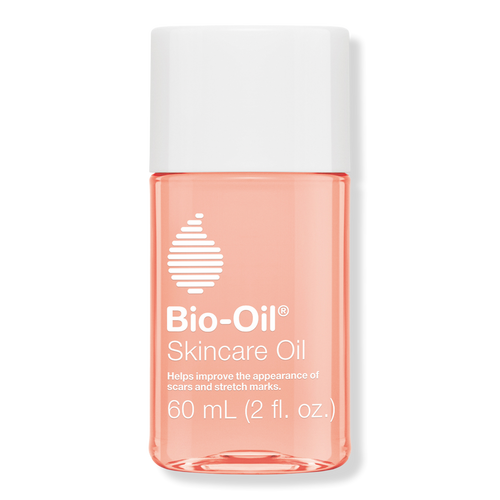
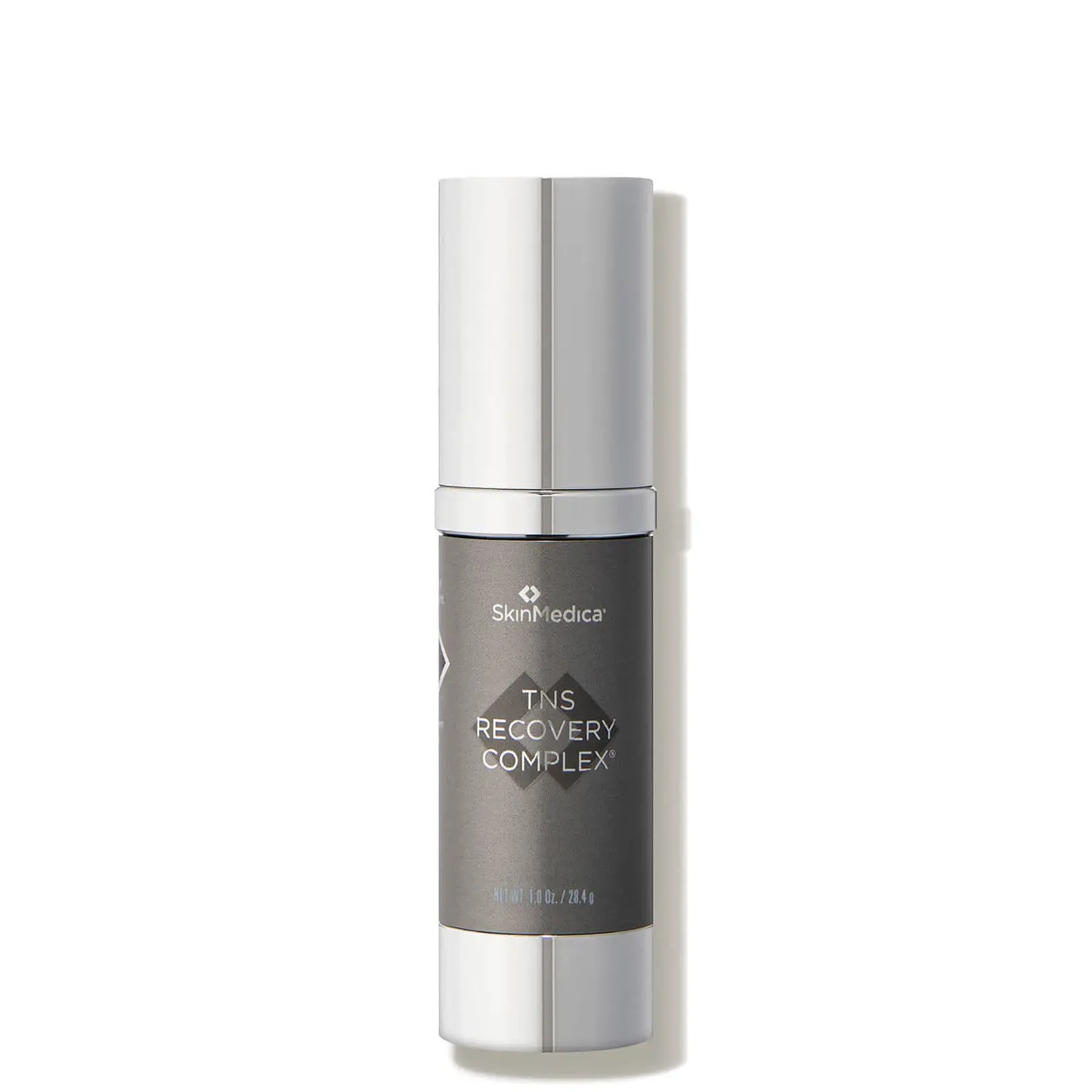
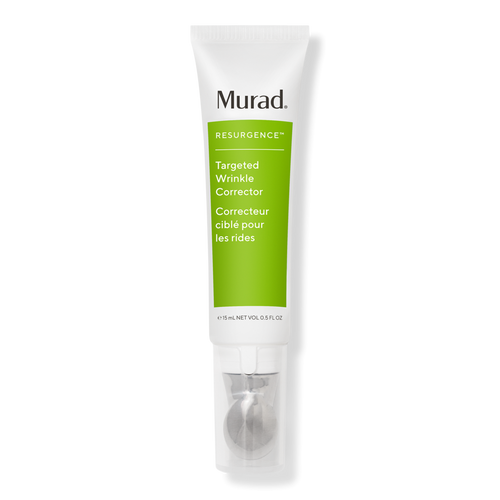
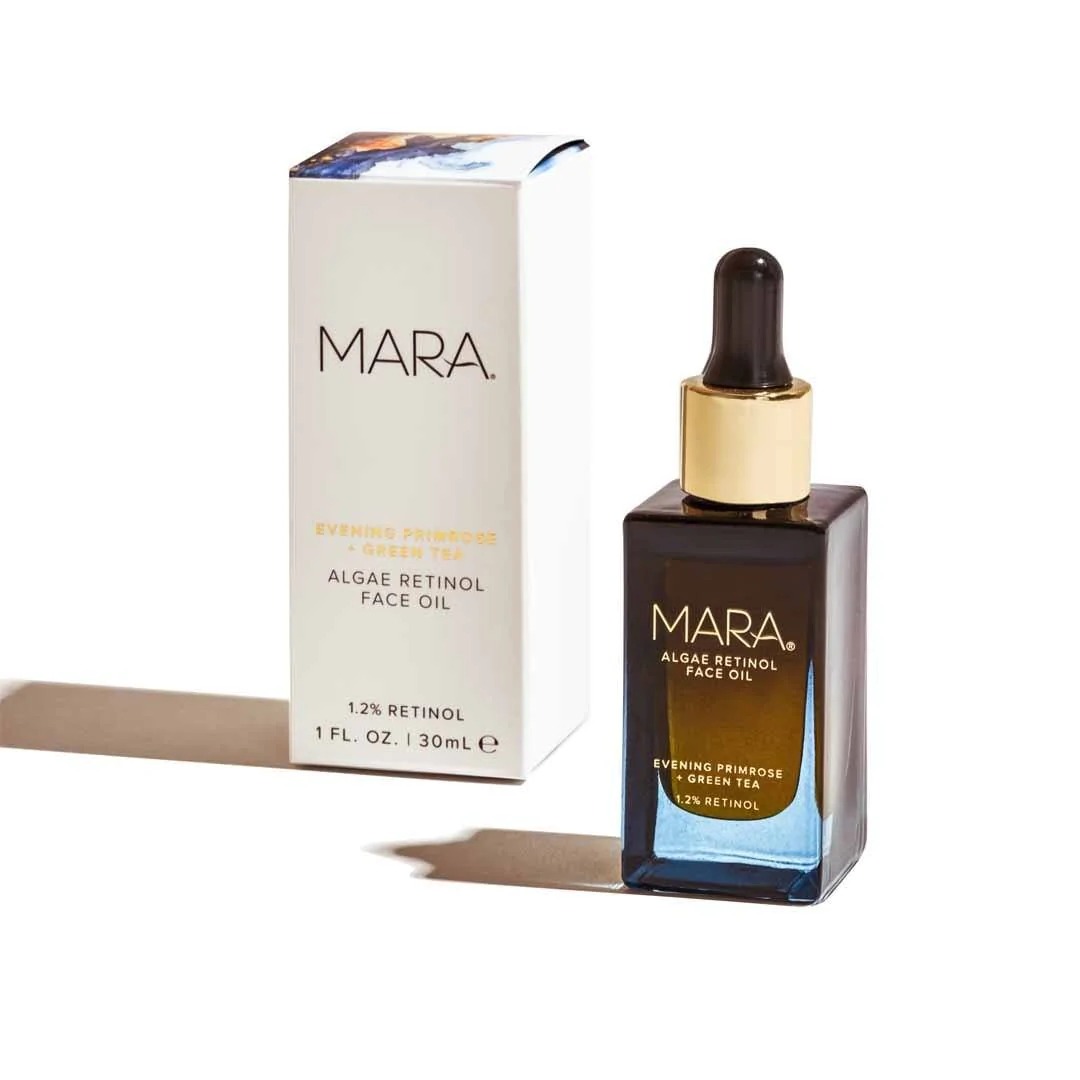
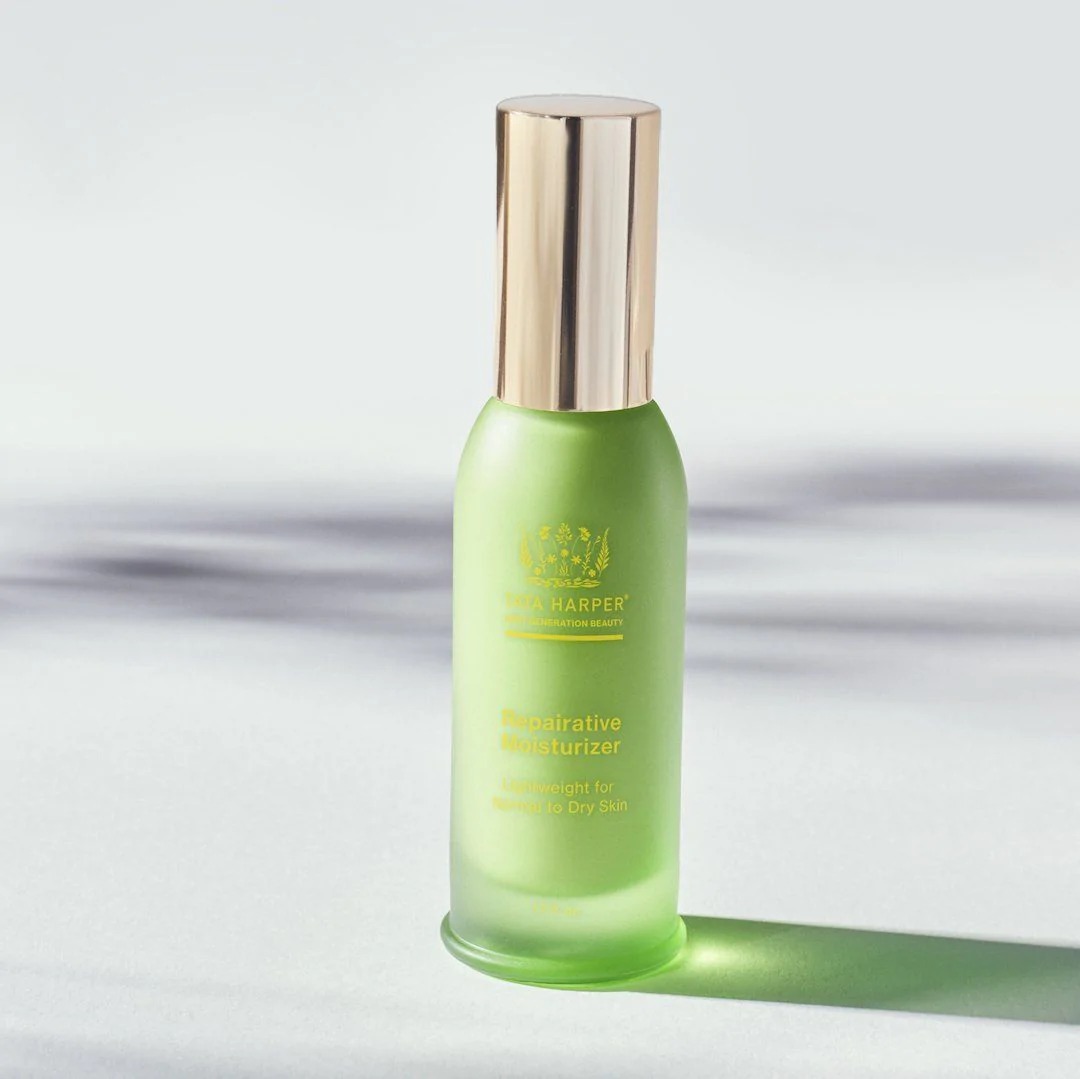
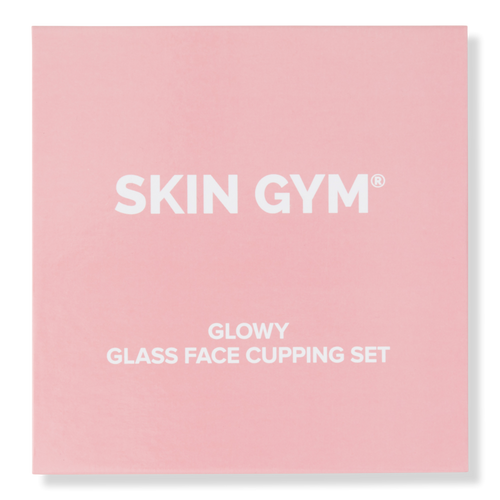
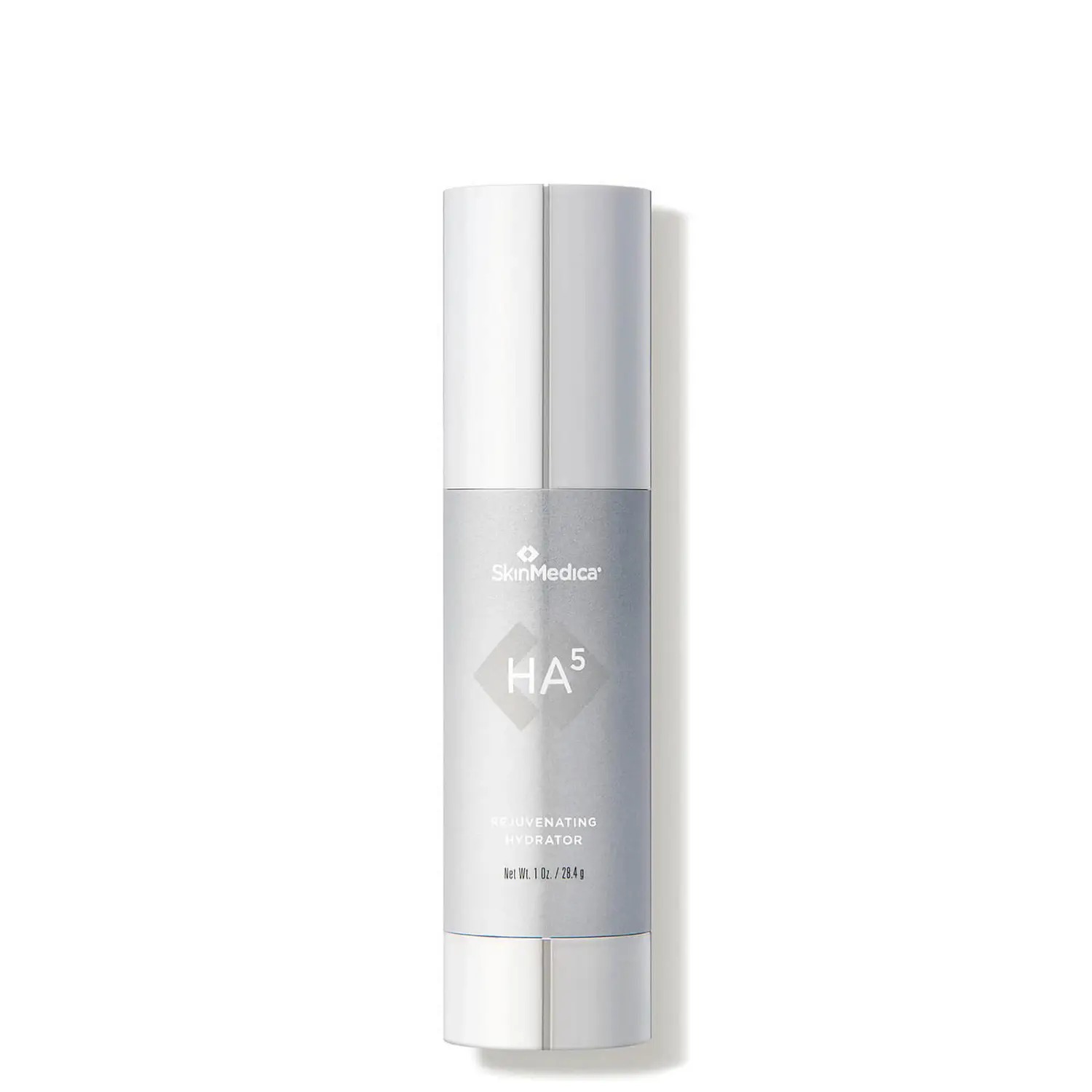
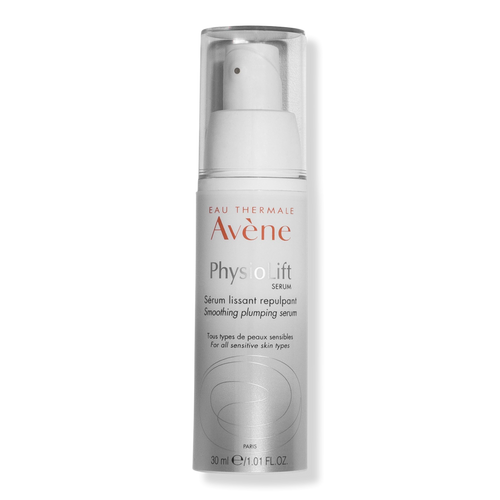
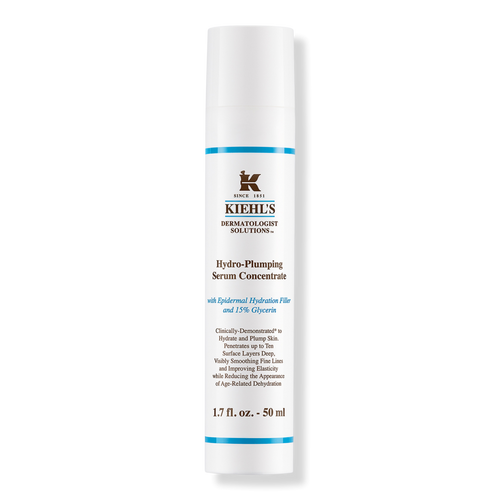
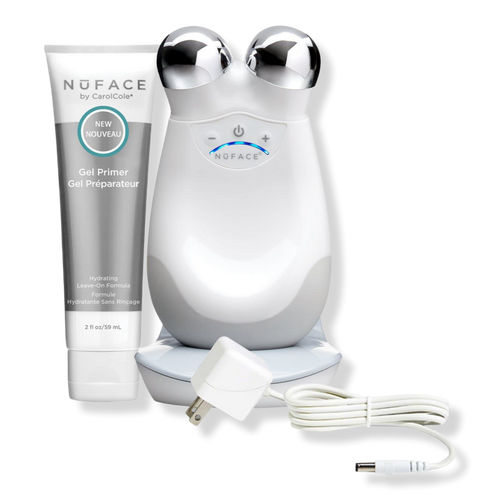
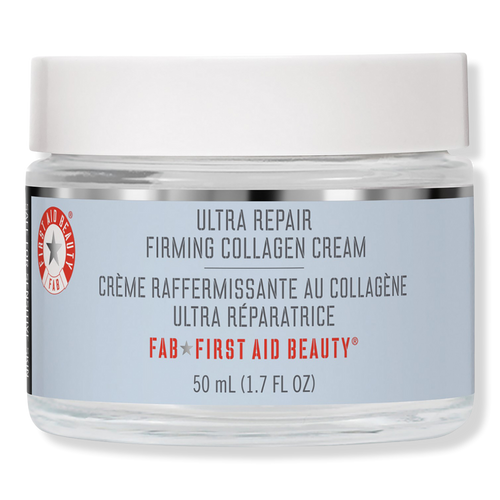
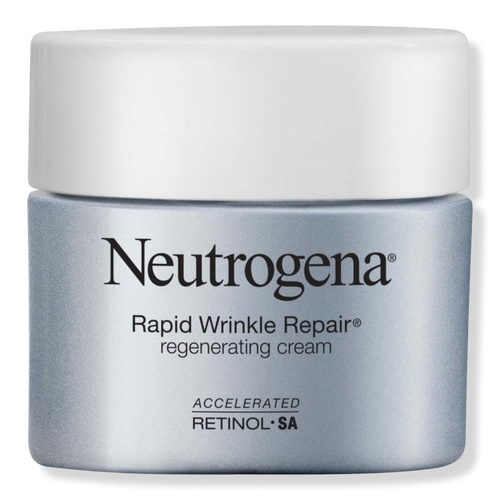
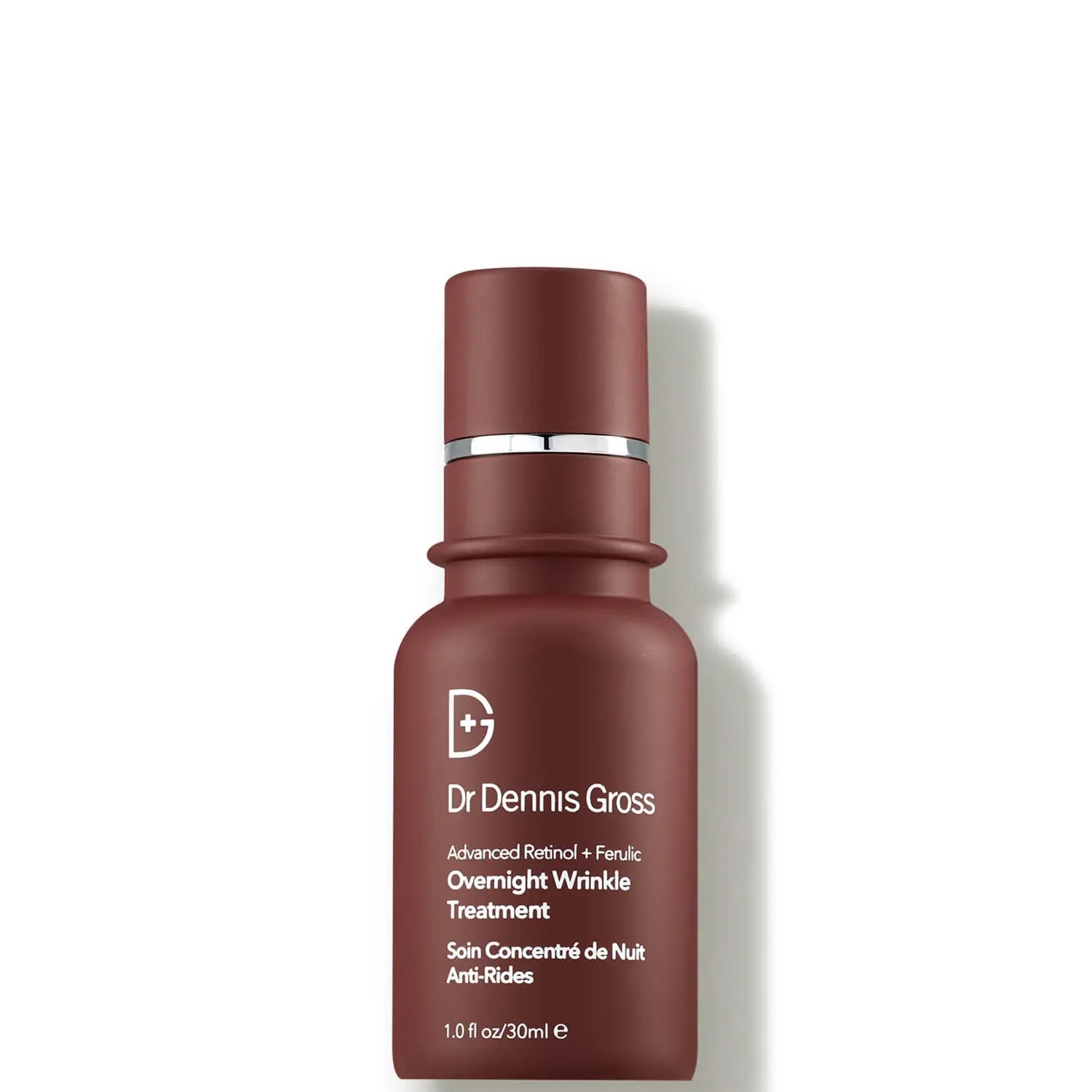
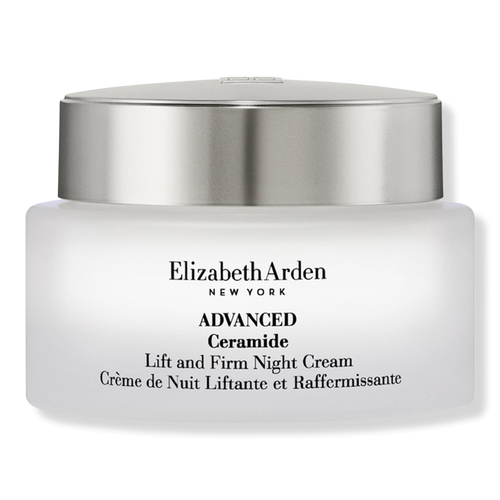
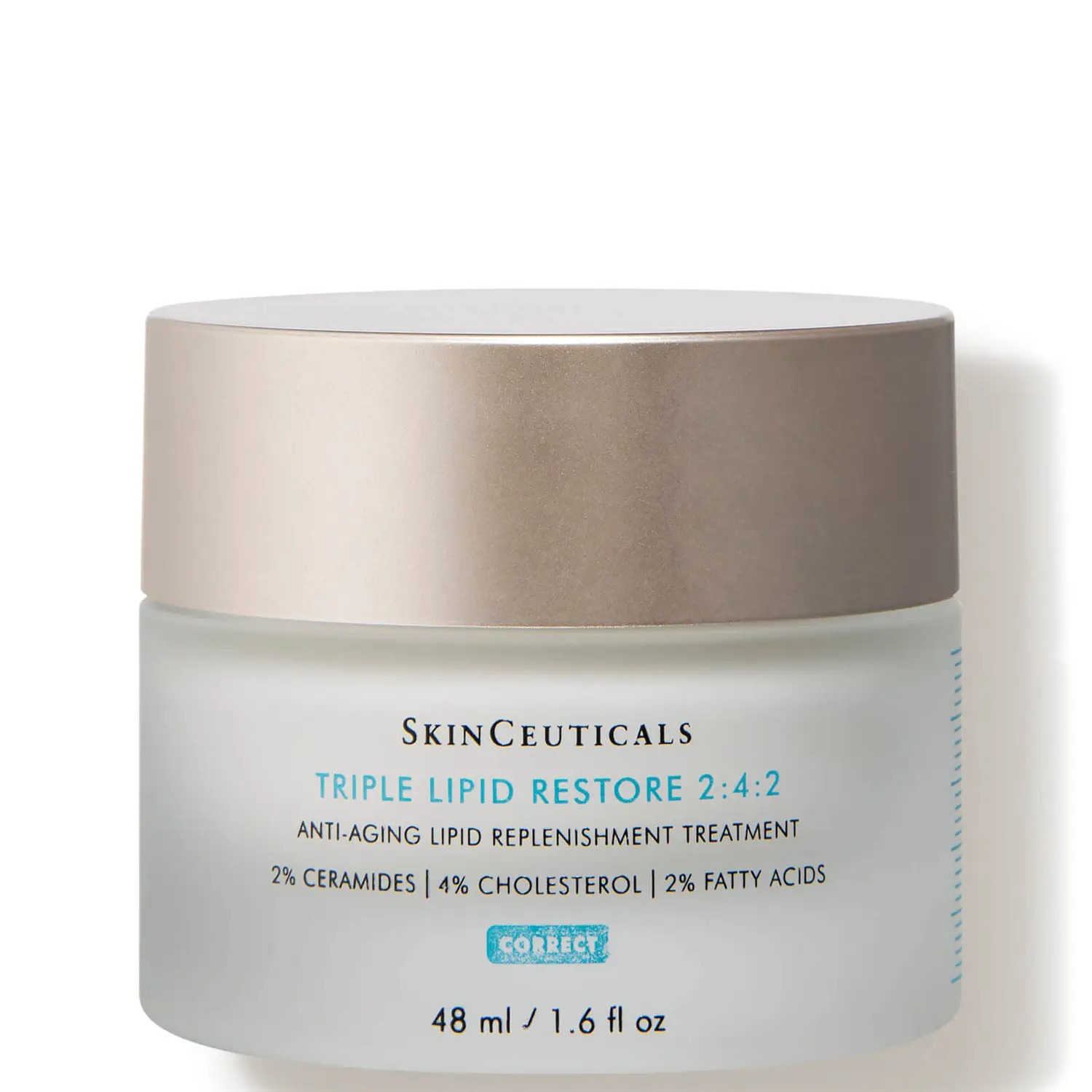
Next, I Tried the Controversial Manicure Taking Over TikTok—My Nails Look Unreal

